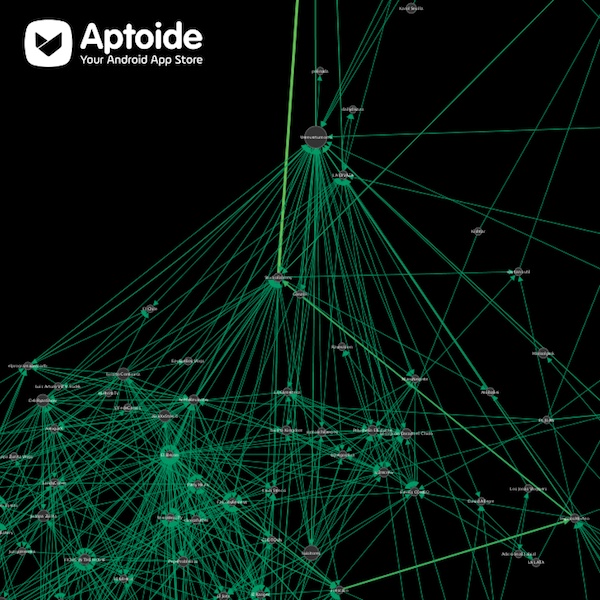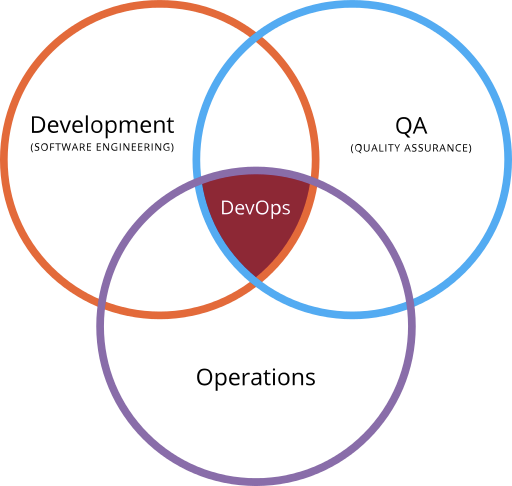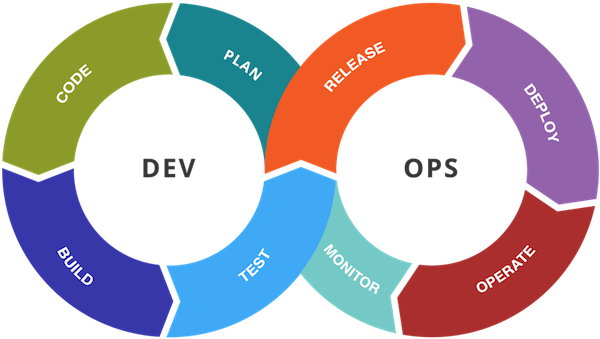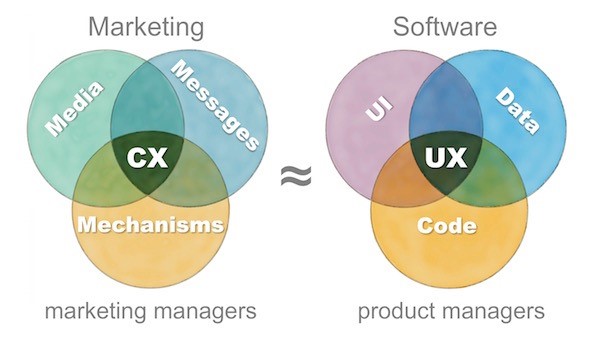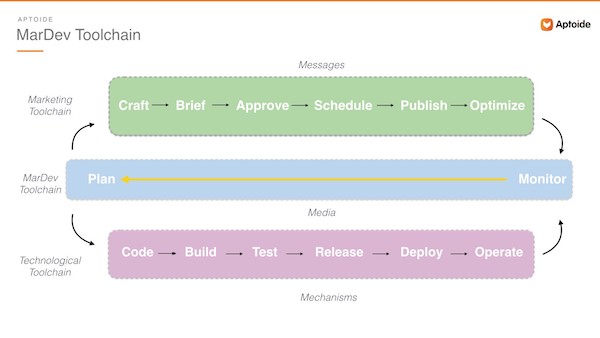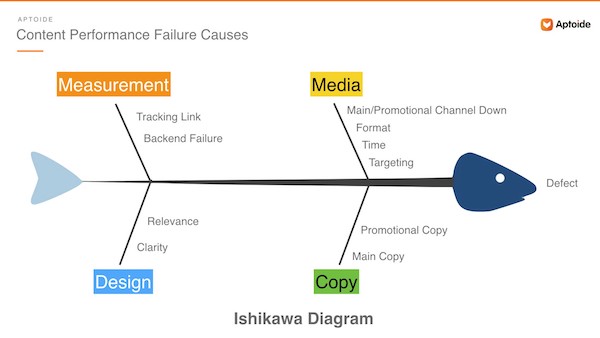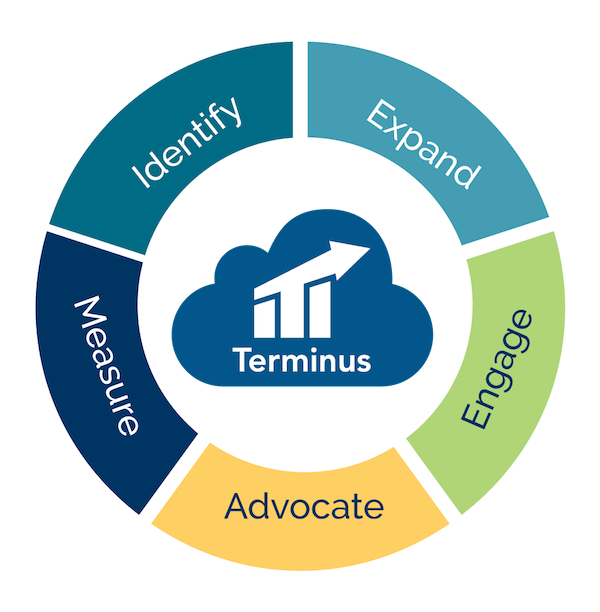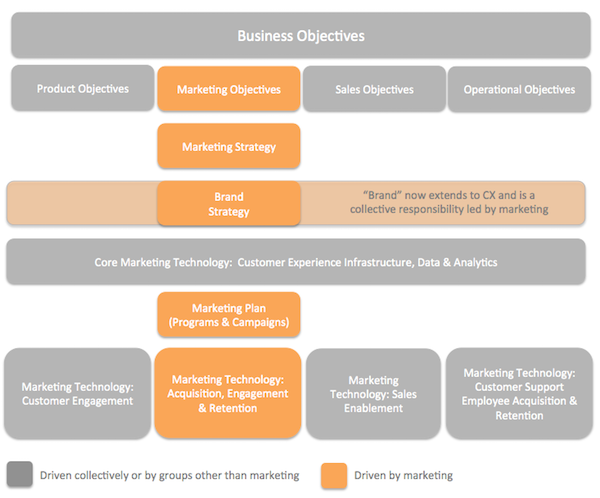This article is a guest post by Claudia Fernandes & L. G. Pinto of Aptoide. It was entered into The Hackies essay contest for the upcoming MarTech conference. Like it? You can register your vote in the contest by sharing it on social media, especially LinkedIn, Facebook, and Twitter.
Introduction
Aptoide is a community-driven alternative Android App Store that gives a new meaning to the way people discover and install apps through social collaboration, tailored recommendations and the opportunity to create and share their own personal store. With over 700,000 apps available on the App Store, Aptoide has been looking for ways to grow their user base and increase its brand awareness.
We here on the Community Marketing team have found a way to do just that through an influencer marketing program we’ve been running for a year. At first, the idea was to use it as one of Aptoide’s main growth drivers, and its main objective was set: to define a brand positioning through social media personalities and creators. A secondary goal was to leverage the influencer channels for user engagement, growth and acquisition.
Located at the intersection of creative direction, public relations, advertising, and content marketing, Aptoide’s influencer marketing program dealt in a media relationship management dimension, where there was also media buying and message crafting. However, at the very beginning, there were not a lot of specific automation solutions in place.
From the onset, the greatest challenge of the program became very clear. It was very difficult to scale the program with a very small team and very limited resources.
The community marketing team at Aptoide was doing individual contacts with YouTube personalities — manually, one by one. We’re talking dozens an hour, hundreds a day, thousands a week. We were manually scrapping the world-wide web for names, channels and influencers on targeted geographies, with a very limited budget. It was also a very manual process of working on creative content and briefings with these influencers.
To make matters worse, by working in several different countries, we were facing different cultural contexts, different types of influencers and, in many cases, also linguistic barriers. We soon realized that this approach would never scale.
We noticed right then that our scalability problem was a technological one. We looked at some influencer platform vendors. All seemed to force a specific approach of influencer relationship management. By then, we already had a clear view of the engagement type we wanted to have, hence why we felt that none of these platforms would suffice.
Dark Martech Era
All we needed to do was to take a step back and look at it from a broader frame of reference, and look at our influencer program as a learning opportunity that we just couldn’t let slip away and that we had to hold on to.
Over time, several basic homegrown “dark martech” automation systems started to arise. The key breakthrough on Aptoide’s influencer program was the development of a piece of homegrown dark martech we named TOPIDIS — our very own Topological Influencer Discovey System.
This was becoming an increasingly larger system. What began as an experiment, became a huge beast, quite challenging to tame. The first version of TOPIDIS helped us automate data collection of basic influencer data, such as number of subscribers and average daily views. Later versions of the discovery system were able to construct a graph network visualization of who was following who.
From that point on, it was a matter of applying social graph network theory to conduct statistical analysis for influence ranking. This is something that we wanted to do since the very beginning of the program.
At this point, we managed to create a strategy that backed up a more generous budget, and in this moment, we realized that we finally had a way of visually planning our campaigns focused on vertical communities, such as gamers, android specialists, and entertainers, and plan different content and integration types for each.
We also started working with the big fish influencers, expecting to create a snowball effect in which the smaller fish we had spent so much energy on before, would eventually come to us organically. Guess what? It worked.
The resulting visualizations of influencer channels from TOPIDIS.
On later versions, TOPIDIS came to support the tracking of the performance of each influencer post, as if it was digital advertising — including views, clicks, and conversions — by integrating with several external APIs. This system “add on” was quickly put together using Jenkins, Google Apps Script, and Python, and integrated several vendor systems with a microservices approach.
TOPIDIS had become not only a tool for tactical planning but also for campaign performance tracking. The next challenge was to find an agile way of crafting and deploying content on social media channels we don’t own (and that, in a way, the influencers themselves don’t fully own either, since these are generally considered “shared” media).
It became clear that the next challenge was to try to coordinate the IT and marketing efforts across several roles and specialties. This is both a marketing and technology issue, and a special kind of process management was required.
Enter “MarDev” — the application of DevOps to both marketing operations and technology.
But Wait, What’s DevOps?
DevOps is a specific approach to continuous software deployment that seeks to agility coordinate at the intersection of development, quality assurance and (IT) operations.
It originally arose out of the application of the Agile philosophy to IT infrastructure management, in contexts of rapid change. The idea was to create cross-functional teams to manage the continuous deployment and test of new software, while maintaining a functional infrastructure (read: servers).
Venn diagram showing DevOps as the intersection of development (software engineering), operations, and quality assurance (QA) by Rajiv Pant under a CC-BY 3.0 License.
DevOps brought changes, not only at the organizational level, but also at the process level, with the development of the DevOps toolchain and with a continuous cycle of development and IT operations.
Adpated from illustration showing stages in a DevOps toolchain by Kharnagy under a CC-BY SA 4.0 License.
How Can DevOps Be Useful for Marketing?
Adapted from Hacking Marketing: Rethinking Marketing Management in a Software World.
The starting point for marketing applications of DevOps is to support the integration of media, messages, and mechanisms for customer experience improvement. In the context of digital marketing communications (and community management, in our case), “mechanisms” refers to the development, integration, and maintenance of martech systems.
As we have seen in the context of influencer marketing, the management of customer experience is an especially hard nut to crack:
- The media channels are decentralized and are spread across several social platforms.
- The media buying process requires managing a personal relation which each channel owner or different agencies.
- The content production and publishing is not directly controllable, even though we’re the ones creating the content and briefing each one of the influencers individually (when we have direct access to them and no agency is involved).
- The results are hard to measure and few vendors (if any) are offering universal solutions off the counter.
- Whatever content you’re wanting to spread amongst these channels requires careful integration and planning to achieve the marketing objectives.
All the above means mobilizing teams capable of analyzing and understanding each influencer content and suggesting new content to integrate the brand with. We’re talking about copywriters, community managers, and social media experts.
The other part of the solution to all these barriers involves the implementation and usage of martech systems. This requires the help of developers, quality assurance specialists and sys admins. The integration of marketing and IT teams requires a new approach, and that’s why we came up with the MarDev toolchain.
We began by formalizing the structure of the marketing content publishing process as an adaptation of the DevOps toolchain. We called this the MarDev toolchain. This in turn, is the result of the combination of two distinct sub-toolchains: a marketing toolchain and a technology toolchain.
The key to the MarDev toolchain operationalization is the media-related stages: Plan and Monitor. In both these stages we’re talking about a joint marketing and technology tactical planning/monitoring.
On the marketing side, we are choosing which media and channels will be adequate for our campaign objectives (plan) and then measuring the outputs and outcomes (monitor). On the technological side, we are setting the technical requirements for whatever martech systems will be required to build or integrate (plan) and then monitoring the performance and stability of these systems (monitor).
This is a process that should be conducted jointly by the two teams. Why? Because when we observe a failure in the content performance, the source issue can be marketing or technology related, and solving these issues must be done in cross-disciplinary teams.
On the next stages, the communication and coordination between the teams is done on an on-needed basis, with each team checking in with the other at each stage. At the end of the iteration, both teams will gather again to conduct a post-iteration analysis and planning the next one. That, and looking at the numbers.
This is the sweet spot we found to be really informed about our influencer program’s ups and downs, its successes and failures. This way, we can look at the whole picture and better understand what worked and what did not and be confident about what can be done better next time.
Now, we’ve been applying this methodology for influencer marketing, however we do believe it can be a general methodology for different marketing use cases where technology and marketing operations need a very close collaboration. This covers a lot of marketing tactics and tools such as advertising, content marketing, public relations, sales, and CRM.
Every marketing or business website one reads has a word of advice on how to properly leverage influencers to help market one’s business. But in the end, there’s no one-size-fits-all solution, and this was our way of getting results that we can quantify, allowing us to optimize our strategy approach, and ultimately meeting our branding goals.
In the end, it all comes down to automation mechanisms, manual filtering, data analysis and a lot of stamina to deal with influencers. There’s still room to automate that too, but only time will tell.
What did you think of this article as an entry in The Hackies essay contest for the upcoming MarTech conference? If you liked it, you can register your vote in the contest by sharing it on LinkedIn, Facebook, and Twitter.
UPDATE: DevOps images courtesy of Hosting Canada.

